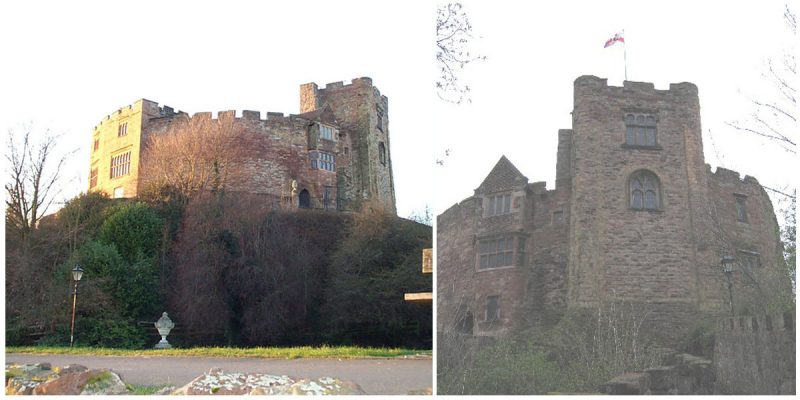October 14, 1066, was a momentous day for England. For it was on this day that William the Conqueror defeated King Harold II of England and forever changed the course of history. His success had a profound impact on the country as it brought many social, political, and cultural changes.
One of the fields that experienced the most significant changes was architecture. The Normans were proficient builders and constructing castles was undoubtedly their specialty. This comes as no surprise when one considers the fact that some of the finest examples of Norman castles that can be seen all over England.
Nonetheless, what we are interested in is that soon after the invasion the Normans started building motte and bailey castles, which are considered to be the earliest buildings erected by them. Motte is the name given to the raised earthworks on which the keep, or bailey, was erected. One such castle is the magnificent Tamworth Castle, which has the second largest motte in England, right after the one at Windsor Castle.
Set in the center of the town next to the River Tame, Tamworth Castle has certainly stood the test of time, looking proudly over its surroundings for almost a millennium.
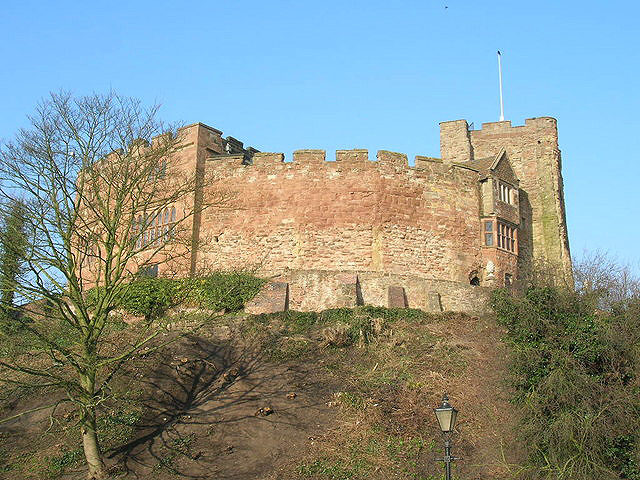
It is believed that the site has been used as early as Anglo-Saxon times, when the town of Tamworth was the capital of the kingdom of Mercia, one of the great seven Anglo-Saxon kingdoms of England. Various sources state that originally there was an Anglo-Saxon fort on the site of the castle which was erected several centuries before the Norman invasion of England.
William the Conqueror’s steward, Robert le Dispenser, was the first to build a motte and bailey castle on the site, shortly after the Norman conquest. However the castle didn’t remain in the hands of the Dispenser family for a long period as there was no male heir to inherit the castle. It is believed that the castle was passed to either a daughter or a niece of Robert le Dispenser who married into the Marmion family.
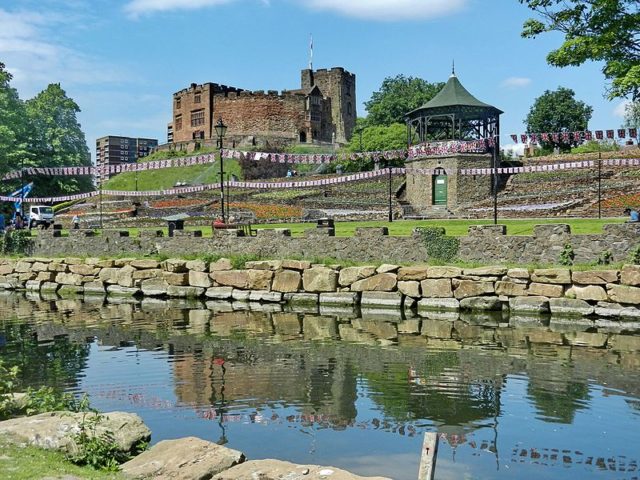
It took more than 100 years before the wooden bailey castle was rebuilt, using stone thanks to the Marmion family, who remained there until 1291. Philip Marmion was the last male member of the Marmion family who called Tamworth Castle his home. The castle passed to his daughter, who died three years after her father, leaving the castle to her niece, Joan, who was married to Sir Alexander Freville.
The castle remained in the hands of the Freville family until 1423, when it became a possession of the Ferrers family, who decided to modernize and redesign the castle so it could match more closely the tastes of the Tudor period. In the centuries that followed, Tamworth Castle has been remodeled and modernized on several more occasions, with the most extensive changes made towards the end of the 16th century.
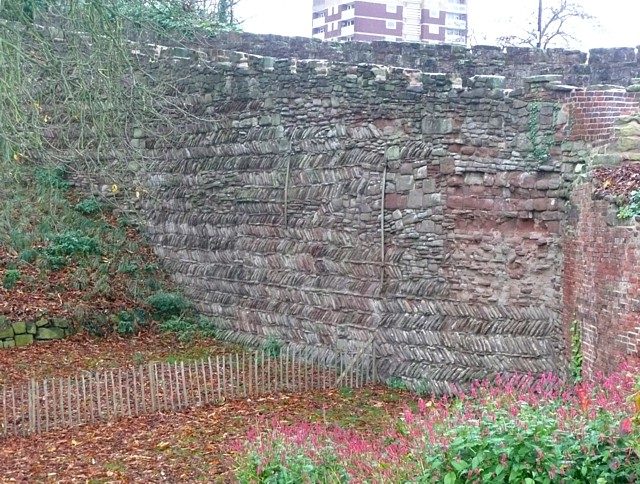
The English Civil War had a profound impact on almost everything in the country. During this period, Tamworth Castle remained loyal to the king and was guarded by Royalist forces, but it fell to the Parliamentarians after a siege in the summer of 1643. Royalists made an effort to regain it about a year later, but their efforts were fruitless and the castle remained in the possession of the Parliamentarians.
The Shirley family and later the Compton family became owners of the castle, but none of them decided to make the castle their home, which meant that it was left to fall into decay. However, things changed in the 18th century, when George Townshend inherited the castle and undertook some extensive renovations.
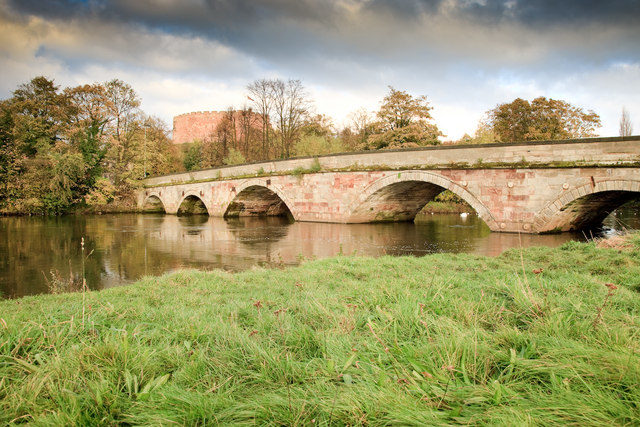
The castle changed owners frequently after Townshend died, but this came to an end in 1897 when Tamworth Corporation (now Tamworth Town Council) purchased it and transformed it into a tourist attraction.
Today, Tamworth Castle offers a unique experience by revealing almost 1,000 years of history.
